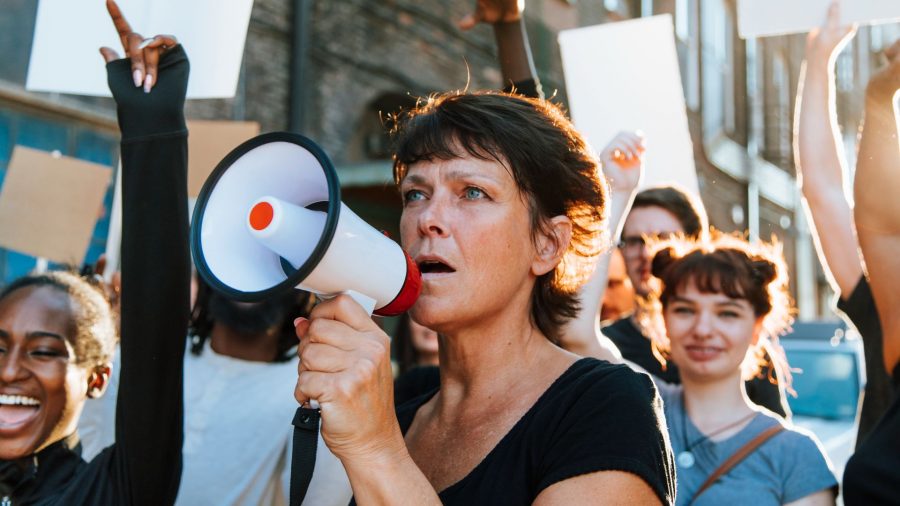The Violence Against Women Act (VAWA) stands as a pivotal legislative milestone in addressing gender-based violence in the United States. Enacted in 1994, this landmark legislation aimed to provide crucial support to victims of domestic violence, sexual assault, stalking, and other forms of violence against women. As it evolved over time, VAWA not only expanded its scope but also brought about significant changes in societal attitudes and legal approaches toward combating such heinous crimes.
Understanding VAWA’s Immigration Provisions
One of the key aspects of VAWA is its provisions that offer immigration relief and protections for certain victims of abuse.
Under VAWA, abused spouses, children, and parents of U.S. citizens or permanent residents may be eligible to self-petition for lawful permanent residency (green card) without the abuser’s knowledge or consent. This provision allows victims of abuse who are in a vulnerable immigration status due to their relationship with an abusive U.S. citizen or lawful permanent resident to seek legal status independently.
VAWA creates specific pathways for certain non-citizen victims of abuse to apply for immigration benefits without relying on their abusers for sponsorship. This helps victims break free from abusive situations without fear of losing their immigration status or being deported.
Understanding VAWA: Its Genesis and Objectives
VAWA emerged as a response to the urgent need to address the prevalence of violence against women across various spheres of life. Initially introduced by then-Senator Joe Biden in 1990, it took four years of advocacy and bipartisan effort to pass the legislation. Its primary objectives were multifaceted:
- Protection and Support: VAWA sought to offer protection and support to victims by enhancing investigation and prosecution of perpetrators, establishing support services, and allocating resources for victims’ assistance programs.
- Legal Reforms: It introduced significant legal reforms to improve the criminal justice system’s response to gender-based violence, ensuring victims received fair treatment and support throughout legal proceedings.
- Prevention and Education: The Act aimed to prevent violence by implementing educational programs, raising awareness, and fostering community initiatives to change societal norms that perpetuate violence against women.
The Impact of VAWA: A Transformative Force
1. Legal and Institutional Changes:
VAWA ushered in a paradigm shift in how the legal system approached cases of violence against women. It facilitated the creation of specialized units within law enforcement agencies to handle these cases, encouraged collaboration between different agencies, and established protocols for addressing domestic violence and sexual assault.
2. Support Services and Resources:
One of the most significant impacts of VAWA was the allocation of funding for shelters, hotlines, counseling services, and legal aid to support victims. These resources provided a safety net for countless individuals seeking refuge from abusive environments.
3. Cultural and Social Changes:
The Act also contributed to changing societal attitudes towards gender-based violence. It initiated conversations, challenged stereotypes, and encouraged survivors to come forward by reducing the stigma associated with reporting such incidents.
Evolution of VAWA
Since its inception, VAWA has undergone reauthorizations to adapt to changing societal needs and challenges:
1. Reauthorizations:
- 2000 Reauthorization: Expanded protections for immigrant victims and strengthened prevention efforts.
- 2005 Reauthorization: Focused on addressing issues faced by marginalized communities, including Native American women and LGBTQ+ individuals.
- 2013 Reauthorization: Added provisions to protect undocumented immigrants and extended protections to include tribal courts’ jurisdiction over non-Native perpetrators on tribal lands.
2. Challenges and Criticisms:
Despite its successes, VAWA has faced challenges. Some critics argue about funding allocation, effectiveness, and gaps in protection for specific marginalized groups. Additionally, debates over constitutional issues related to tribal jurisdiction and immigration provisions have sparked controversies.
The Future of VAWA
As VAWA continues to shape policies and practices, ongoing advocacy seeks to address remaining gaps and challenges:
1. Inclusivity and Accessibility:
Advocates emphasize the importance of making VAWA more inclusive, ensuring protection and support for all victims, regardless of their background or immigration status.
2. Prevention and Education:
Efforts to prevent violence against women are gaining traction through educational initiatives aimed at changing societal attitudes and behaviors.
3. Intersectionality and Comprehensive Support:
Recognizing intersectionality, the focus is shifting toward providing comprehensive support that addresses the unique needs of diverse communities and individuals.
An Overview
The Violence Against Women Act is a powerful tool in the fight against violence against women. By providing a comprehensive framework for addressing the issue, offering resources and protections to victims, and addressing the root causes of violence, VAWA is a crucial step toward ending the epidemic of violence against women. Let us work together to ensure that all women have access to the resources and protections offered by the act, and build a safer, more equitable world for women and girls.







